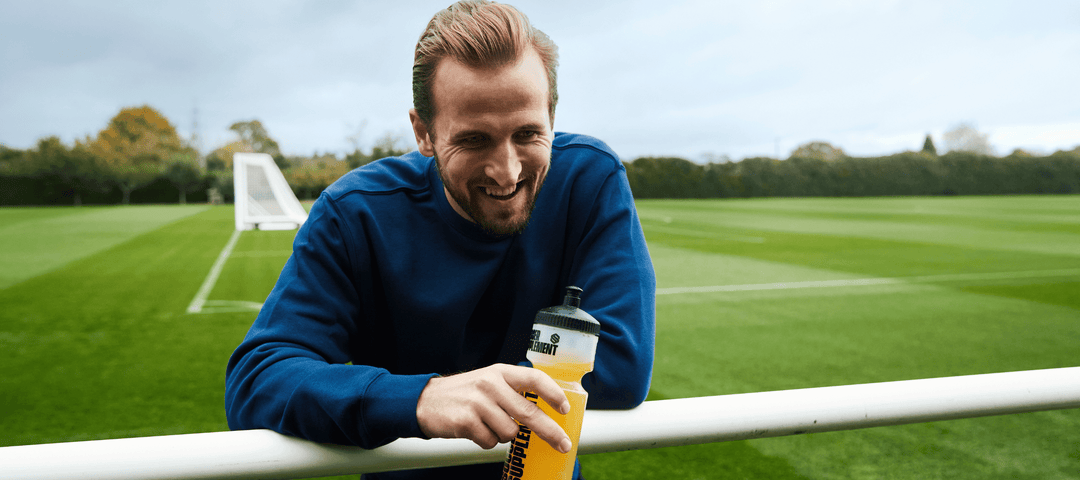Striking the ball too hard too often, trying to bring a high ball down out of the air, or too many tight direction changes — these are all common contributors to groin problems. With groin injuries, as with most, there are different types and severities, from minimal (grade 1) pulls to serious (grade 3) tears.
Whilst you can’t eliminate the risk entirely the good news is that, again like with most types of injury, there are things that we can be doing to reduce the risk. Here are our top five tips.
1. Warm up when it’s time to warm up
We’ve all done the traditional groin stretch (wide foot base — go down low on each side), but it can be one of the most overlooked stretches in a warm up. Combine this with a lazy lateral leg swing, and it’s quite unlikely that your groin has been lengthened and subsequently prepared well at all.
Taking your warm up seriously to make sure your joints, muscles and ability to perform are ready from the first whistle is key. Nobody wants to be stretching for that first wayward pass and for that to be their final action of the day.
2. Lengthen your groin muscles
During training and games it is extremely important to regain and even increase your range of motion throughout the key muscle groups. In this article we are looking at groin injuries, but this advice still holds true for the hamstrings, quadriceps and glutes.
Like any of the major muscle groups mentioned above, the groin muscles need to be lengthened to their optimal capabilities — prior to you needing their optimal capabilities! Being proactive is a key part of making sure the ‘long and strong’ muscles mantra is 50% complete.
3. Strengthening your groin muscles
The other half of the “long and strong” equation is something that, for groin muscles, we may not traditionally think about within our gym sessions. We (almost always) squat, lunge, potentially undertake some hamstring work with RDL’s and Nordics, but how many of us have heard of the Copenhagen exercise? No prizes for guessing where it originates from.
The Copenhagen exercise has been a crucial part of injury prevention strategies for a number of years now. If you’re a newcomer start slow; the soreness post sessions can be considerable! You can help to combat this with an effective post workout shake to start driving recovery and mitigating soreness and tightness.
4. Manage your training load
Have you ever had some time off work and then ended up with sore forearms after a long day tapping on the keyboard? Or gone for a long run on the road and finished up with sore knees? The same applies to your groin muscles. If you start striking too many balls without sufficient preparation you can expect a sore striking groin. After time off, whether due to injury or for any other reason, try not to start lashing balls at goal multiple times a week until you are ready.
5. Allow regeneration
Like any of the potential injuries we have focussed on in this series, groins can run into issues if you don’t allow them to recover between sessions and games. Going into training sessions and matches with sore muscles, groins included, is to be expected during certain periods. Pre-season and two-game weeks are prime examples. Keep on top of soreness by implementing appropriate recovery strategies, and listen to your body.
Throughout this injury series we have looked at some of the more common and consistent injuries footballers will encounter, hamstring tears, ankle rolls, and striker’s groin. Many of the messages remain the same.
Keep your muscles strong — they need to be robust enough to cope with (multiple) matches.
Keep your muscles long — be consistent with your mobility routines, especially around training and games.
Be reactive — muscles need to be explosive to deal with fast footballing actions. Turns, jumps and sprints all need explosivity to succeed, and you might want to consider adding creatine monohydrate into your routine to improve this area of your game.
Finally, make sure your body has sufficient energy to undertake the actions you require of it. Take a look at our energy gels and get all the energy you need to fuel a gruelling pre-season.
Click here to shop Soccer Supplement®












